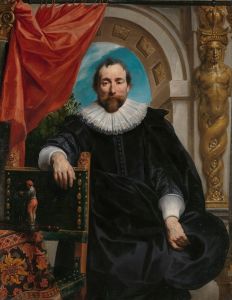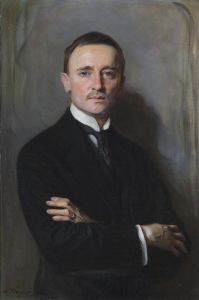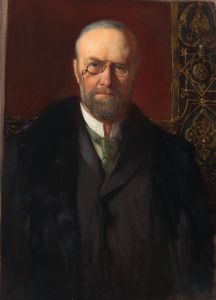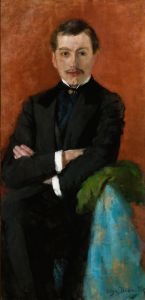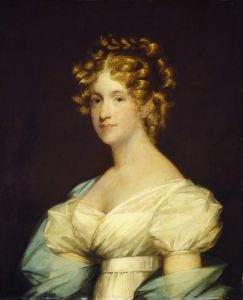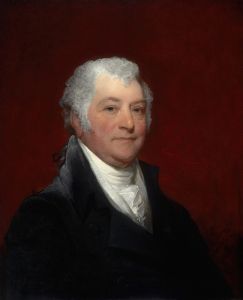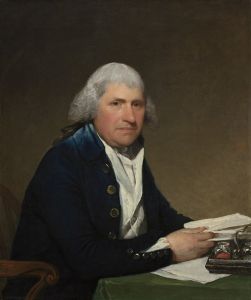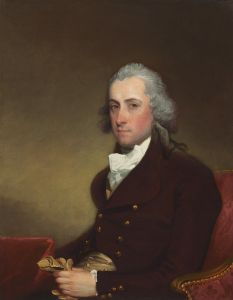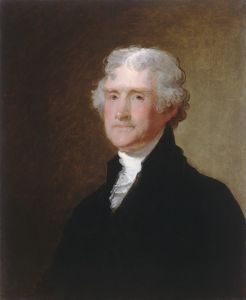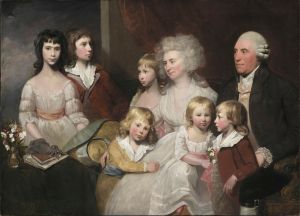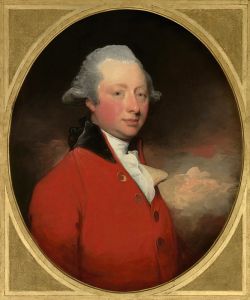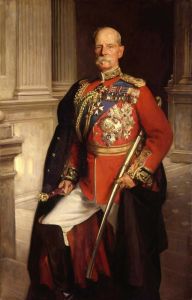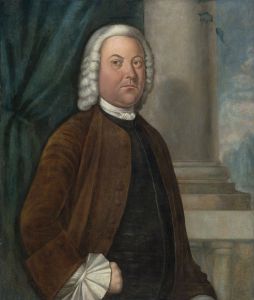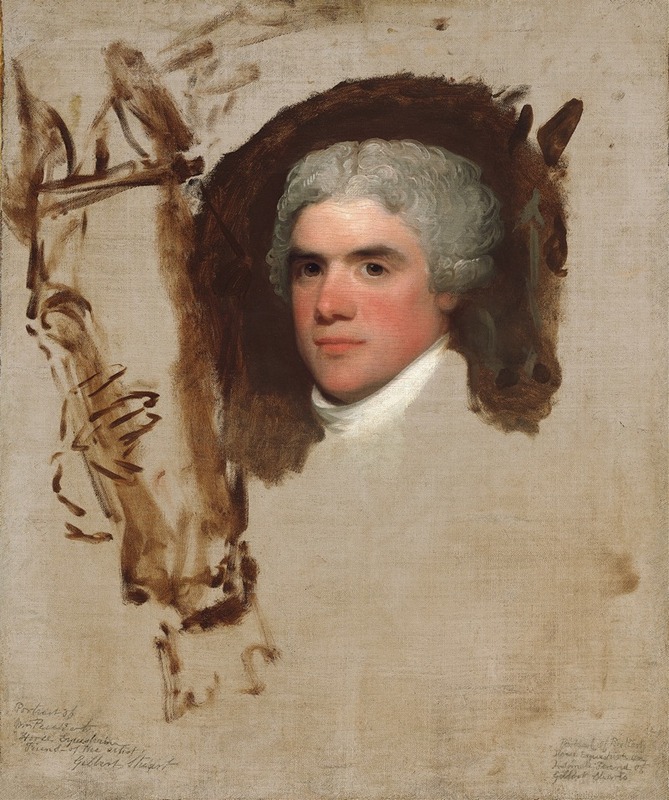
John Bill Ricketts
A hand-painted replica of Gilbert Stuart’s masterpiece John Bill Ricketts, meticulously crafted by professional artists to capture the true essence of the original. Each piece is created with museum-quality canvas and rare mineral pigments, carefully painted by experienced artists with delicate brushstrokes and rich, layered colors to perfectly recreate the texture of the original artwork. Unlike machine-printed reproductions, this hand-painted version brings the painting to life, infused with the artist’s emotions and skill in every stroke. Whether for personal collection or home decoration, it instantly elevates the artistic atmosphere of any space.
John Bill Ricketts by Gilbert Stuart is a portrait painted by the renowned American artist Gilbert Stuart, best known for his iconic depictions of prominent figures such as George Washington. This particular painting features John Bill Ricketts, a British equestrian performer and circus entrepreneur who is credited with introducing the modern circus to the United States in the late 18th century.
The portrait is believed to have been painted around 1795, during the period when Ricketts was actively performing and managing his circus in Philadelphia, Pennsylvania. Ricketts had established his circus in 1793, and it quickly became a popular form of entertainment in the young American republic. His performances included equestrian stunts, acrobatics, and other acts that drew large audiences, including notable figures such as George Washington, who reportedly attended one of Ricketts' shows.
Gilbert Stuart, known for his ability to capture the character and personality of his subjects, portrays Ricketts in a confident and poised manner. The painting reflects Stuart's mastery of portraiture, with attention to detail and a focus on the sitter's expression and demeanor. While the exact circumstances of the commission are not well-documented, it is likely that Ricketts, as a prominent figure in the entertainment world of his time, sought to have his likeness captured by one of the leading artists of the era.
The portrait is significant not only as a work of art but also as a historical artifact that provides insight into the cultural and social landscape of late 18th-century America. It serves as a visual record of John Bill Ricketts, whose contributions to the development of the circus in the United States left a lasting legacy.
The current location of the painting is not widely documented in public records, and further details about its provenance remain limited. However, the work is recognized as an example of Gilbert Stuart's broader body of portraiture, which played a crucial role in shaping the visual identity of early American society.
This painting stands as a testament to the intersection of art and entertainment during a formative period in American history, capturing the image of a man who brought a new form of spectacle to the burgeoning nation.





